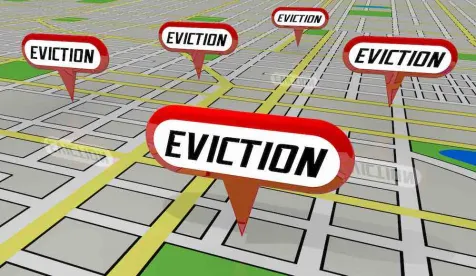On March 31, 2022, the California legislature approved Assembly Bill (AB) 2179, extending the state’s eviction moratorium through June 30, 2022 for certain tenants who have applied for rental assistance on or before March 31, 2022. This latest extension was passed in response to significant delays reported by both the state and local jurisdictions related to the processing of applications and disbursements of rent relief payments.[1]
Under AB 2179, in order to evict a tenant through June 30, 2022, a landlord must show that (i) before April 1, 2022, the landlord properly applied for rental assistance to cover the portion of rental debt that accumulated due to COVID-19 hardship and (ii) such application for rental assistance was denied because lack of eligibility, lack of funding, or failure by the tenant to timely complete the portion of the application that is the sole responsibility of the tenant. If a landlord and tenant timely completed the application for rental assistance, but a determination is still pending, the tenant may not be evicted.
Importantly, the extension of the eviction protections do not extend to non-payment of rent after March 31st, meaning that tenants must pay rent and utility bills beginning April 1st. The extension of the state moratorium also preempts local jurisdictions from adopting new eviction restrictions until July 1, 2022.
The state has received approximately $5.2 billion in emergency rental assistance funds from the federal government. Of the $5.2 billion total, the state’s COVID-19 Rent Relief Program is responsible for administering $2.6 billion, while local jurisdictions are responsible for administering the other $2.6 billion of relief funding. The 3-month extension of the eviction moratorium for those with pending applications is intended to provide the state and local jurisdictions additional time to process applications and disburse funds without tenants being at risk of eviction.
FOOTNOTES
[1] According to the California Business, Consumer Services and Housing Agency, as of April 5th, out of 518,805 applications received, only 233,586 households had been served under the state-run program.



 />i
/>i
